Italy offers a variety of transportation options to explore its diverse landscapes and vibrant cities. From efficient train systems operated by Trenitalia and Italo, which connect major cities with high-speed services, to affordable regional and local trains, traveling by rail is a popular choice. For those looking for more flexibility, car rentals allow you to navigate the picturesque countryside, but be aware of potential challenges like limited parking and ZTL zones in urban areas. If you prefer air travel, international flights arrive at major airports like Rome’s Leonardo da Vinci (Fiumicino) and Milan’s Malpensa, while budget airlines provide convenient and reasonably-priced domestic flights. Each mode of transport offers its own unique experience, ensuring you make the most of your Italian adventure.
Italy offers a wide range of transportation options for travelers, ensuring a convenient and enjoyable experience when exploring the country. These options include:
- Air travel: For long distances or time-sensitive trips, domestic flights connect major cities and popular tourist destinations. Several airlines, including budget carriers, operate within Italy, providing quick and convenient travel options.
- Trains: Italy boasts an extensive and efficient train network operated primarily by Trenitalia and Italo. High-speed trains like Frecciarossa and Frecciargento connect major cities at impressive speeds, while intercity and regional trains serve medium to long distances and local routes, respectively. Train travel is generally affordable and reliable, making it a popular choice among visitors.
- Taxis: Taxis are available in most cities and towns, although they can be more expensive than other transportation options. Hailing a taxi on the street is possible in larger cities, but it’s more common to find them at designated taxi stands or book them through a phone call or an app.
- Public transportation: Italian cities offer various public transportation options, including metros, trams, and buses. Each city has its unique system, with metros available in larger cities like Rome, Milan, and Naples. Public transportation is generally reliable and affordable, making it an excellent way to explore urban areas.
- Car rentals: Renting a car provides flexibility and the freedom to explore Italy at your own pace. However, be prepared for potential challenges, such as navigating through narrow streets, dealing with traffic, and finding parking. Additionally, ensure you have the required documentation and familiarize yourself with local driving regulations.
- Biking: In some cities, cycling can be a pleasant and eco-friendly way to get around, with bike-sharing programs and dedicated cycling paths available in select locations.
By understanding the various transportation options available in Italy, travelers can choose the most suitable means of transport to optimize their experience and make the most of their time in this beautiful country.
Table of Contents
Air Travel
Traveling to Italy by air is a popular and convenient way to reach this beautiful country. Italy has several international airports that connect it to many cities around the world.
The primary airports for long-distance flights arriving in Italy are Leonardo da Vinci (Fiumicino) in Rome and Malpensa in Milan. Throughout the year, European low-cost carriers provide affordable flights to various Italian cities. These airlines also offer competitive rates for domestic flights within Italy, making them an ideal choice for travelers looking to visit multiple destinations during their trip.
The main airports in Italy include:
- Leonardo da Vinci-Fiumicino Airport (FCO) – Rome: As the busiest airport in Italy, Fiumicino serves as the main hub for Alitalia, Italy’s national airline, and connects Rome to numerous international destinations. The airport is located about 32 km (20 miles) southwest of Rome’s city center.
- Malpensa Airport (MXP) – Milan: Malpensa is the largest airport in the Milan metropolitan area and serves as a hub for both international and domestic flights. It is located about 49 km (30 miles) northwest of Milan’s city center.
- Venice Marco Polo Airport (VCE) – Venice: Venice’s main airport is located about 13 km (8 miles) north of the city center on the mainland. It serves both international and domestic flights and is the primary gateway to the Veneto region.
- Naples International Airport (NAP) – Naples: Serving the southern part of Italy, Naples International Airport is located about 6 km (4 miles) northeast of Naples’ city center. It connects the Campania region to various international and domestic destinations.
- Florence Peretola Airport (FLR) – Florence: Located about 6 km (4 miles) northwest of Florence’s city center, Peretola Airport serves mainly European destinations and some domestic flights.
- Bologna Guglielmo Marconi Airport (BLQ) – Bologna: Situated about 6 km (4 miles) northwest of Bologna’s city center, this airport serves as a gateway to the Emilia-Romagna region and offers flights to numerous European destinations and some intercontinental routes.
Depending on your travel plans and the cities you wish to visit, you can choose the most suitable airport to fly into. Most major airlines operate flights to and from Italy, making it easy to find a convenient and affordable flight.
Tips: Tax-Free Mall in FCO Airport
The Leonardo da Vinci (FCO) Airport in Rome offers an attractive shopping experience for travelers, with an impressive range of duty-free stores featuring luxury products at discounted prices. These stores cater to the needs of discerning shoppers looking for high-quality items without paying the full retail price. From designer fashion and accessories to premium cosmetics and fragrances, the duty-free shops at FCO Airport provide an excellent opportunity to purchase high-end products at a fraction of their regular cost. This makes the airport a popular shopping destination for passengers seeking great deals on luxury items before they depart or upon arrival in Italy.
The Tax Free Mall, located in boarding area E, boasts an extensive shopping plaza with over 50 stores, covering more than 10,000 square meters dedicated to retail therapy. Regardless of your nationality or country of residence, if you are traveling to a non-EU destination, you can take advantage of incredible savings by purchasing items with a 22% VAT discount, resulting in prices significantly lower than those found in the city center. Some of the luxury brands offering VAT-free products:
Antica Murrina, Bottega Veneta, Brunello Cucinelli, Bulgari, Burberry, Chopard, Damiani, Diesel, Dolce&Gabbana, Emporio Armani, Fendi, Ferrari Store, Furla, Gucci, Hermès, Hamilton, Just Design, Longines, Louis Vuitton, Max Mara, Michael Kors, Mido, Moncler, Montblanc, Omega, Pandora, Pinko, Piquadro, Prada, Rado, Rolex, Swarovski, Swatch, Tag Heuer, The Fashion Place, Tissot, Tod’s, Unieuro, United Colors of Benetton, Valentino, Yamamay, Zegna.
If you are flying to an extra-Schengen EU destination (Ireland, Cyprus, Bulgaria, Romania, Croatia), you can still enjoy shopping with discounts equivalent to the value of VAT at select stores that offer a single price for all customers, regardless of their destination.
Burberry, Brunello Cucinelli, Diesel, Dolce&Gabbana, Emporio Armani, Ferrari Store, Furla, Just Design, Michael Kors, Moncler, Montblanc, Pandora, Pinko, Piquadro, Sunglass Hut, The Fashion Place, Tod’s, United Colors of Benetton, Yamamay, Zegna.
To make your shopping experience even more convenient, we recommend browsing the Rome Airport Luxury Guide from the comfort of your home before your trip. The guide showcases the must-have items from the current fashion collections, helping you plan your purchases ahead of time.
Train
Traveling in Italy by train is a convenient and scenic way to explore the country. The extensive rail network connects major cities, smaller towns, and popular tourist destinations, offering a comfortable and efficient mode of transportation.
Trenitalia
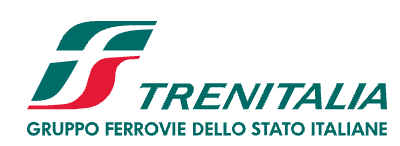
Trenitalia is the primary train operator in Italy and a subsidiary of Ferrovie dello Stato Italiane (FS Group), which is owned by the Italian government. Established in 2000, Trenitalia offers a wide range of train services across the country, connecting cities, towns, and regions through an extensive rail network.
Trenitalia’s official website (www.trenitalia.com) provides information on train schedules, ticket prices, and bookings. Travelers can also purchase tickets at train stations or through authorized travel agencies. It is advisable to book high-speed and intercity train tickets in advance to secure seat reservations and take advantage of discounted fares. For regional trains, tickets can typically be purchased on the day of travel.
English version of the website (https://www.trenitalia.com/en.html). To search for a train on this website, you must use the Italian name, for example, Rome Central Station must be entered as Roma Termini, instead of Rome. Tickets are available in several combinations, such as family tickets, group tickets for three or more people, and quiet car tickets, among others. After purchasing the ticket, you can print it, show the QR code on your phone, or log in to your account for the conductor to scan.”
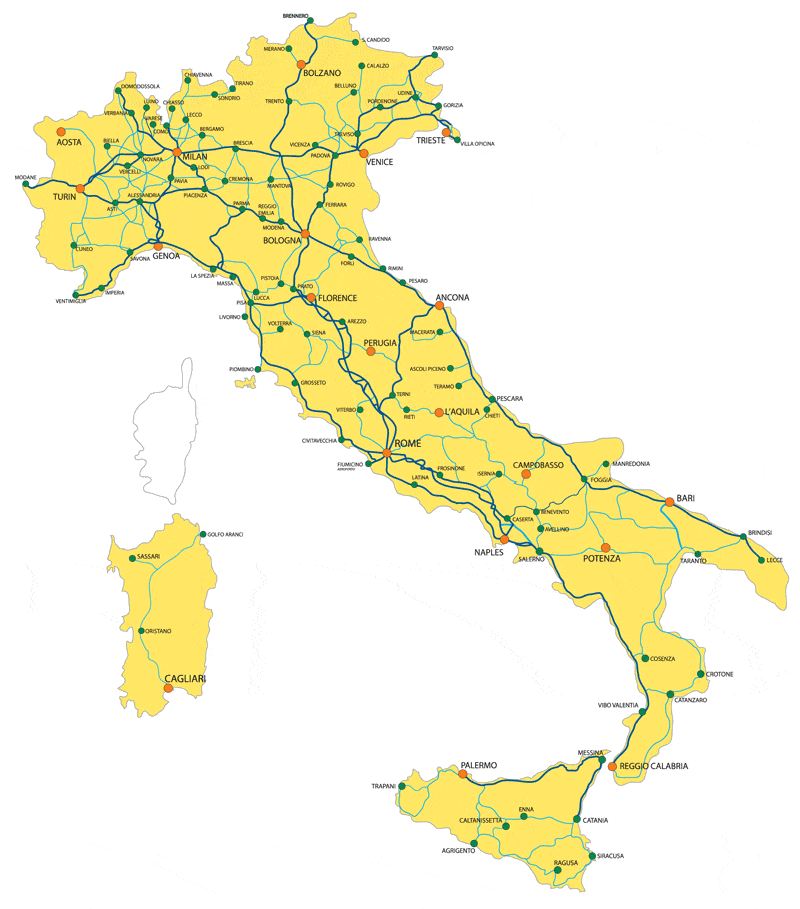
Trenitalia operates various types of trains, including regional, intercity, and high-speed services.
- High-speed trains:
- Frecciarossa: These trains are the fastest in Trenitalia’s fleet, connecting major cities like Rome, Milan, Florence, Naples, and Venice at speeds of up to 360 km/h (224 mph). They offer different classes of service, including Standard, Premium, Business, and Executive, with varying levels of comfort and amenities.
- Frecciargento: These trains also provide fast connections between Rome to various cities like Verona, Venice, Bari, and Lecce. It operates on a more extensive network than Frecciarossa. They can reach speeds of up to 250 km/h (155 mph).
- Frecciabianca: This high-speed service operates on traditional lines and connects major cities like Milan, Turin, Venice, and Genoa, as well as several cities in the Adriatic coast like Bari, Ancona, and Lecce. Frecciabianca trains can reach speeds of up to 200 km/h (124 mph).
- Intercity and Intercity Night trains:
- Intercity (IC) trains connect medium to long distances between cities and regions, offering a more affordable option compared to high-speed trains. They have both first-class and second-class carriages.
- Intercity Night (ICN) trains provide overnight services with sleeping accommodations, including sleeping cars with private compartments and couchette cars with bunk beds.
- Regional trains:
- Regionale (R) and Regionale Veloce (RV) trains serve local and regional routes, connecting smaller towns and cities within regions. They are the most affordable option and often have a fixed fare with no seat reservations required.
ItaliaRail (https://www.italiarail.com/), Trenitalia’s official ticketing agent, charges an extra service fee. However, their website is more user-friendly than Trenitalia.
Tips: 3-day or 5-day Train Pass
Trenitalia provides two multi-day passes for their services: ITALIA IN TOUR 3 and ITALIA IN TOUR 5 are regional promotions that enable you to travel for 3 or 5 consecutive days, starting from your chosen day. These packages offer unlimited second-class trips on Trenitalia and Trenitalia Tper regional, regional fast, and metropolitan trains, regardless of your journey’s origin and destination. You can purchase the Promo Italia in Tour 3 or Italia in Tour 5 on the website, at ticket offices and station self-service kiosks, or through travel agencies.
-
- ITALIA IN TOUR 3: Adult: €29
- ITALIA IN TOUR 5: Adult: €49
The multi-day pass (https://www.trenitalia.com/it/treni_regionali/promo-italia-in-tour.html) only has Italian language. Google Translate can be used to translate the webpage.
Italo

Italo (https://www.italotreno.it/en) is a private high-speed train operator in Italy, owned and operated by Nuovo Trasporto Viaggiatori (NTV). It provides an alternative to Trenitalia’s high-speed services and connects several major Italian cities with modern, comfortable trains. Italo’s trains can reach speeds of up to 300 km/h (186 mph), offering a fast and efficient travel option. Currently, cities served by Italo private railways include major cities such as Rome, Milan, Florence, Naples, Venice, Turin, and Bologna.

Italo’s primary services and destinations include:
- Turin – Milan – Bologna – Florence – Rome – Naples – Salerno: This route connects some of Italy’s most important cities in the north and south, making it a popular choice for both business and leisure travelers.
- Venice – Padua – Bologna – Florence – Rome: This route connects the beautiful and historic city of Venice with other key destinations in Italy’s central and southern regions.
Italo trains offer four different classes of service to cater to various budgets and preferences:
- Smart: The standard class with comfortable seats, free Wi-Fi, and power outlets.
- Comfort: A more spacious option with larger seats, extra legroom, free Wi-Fi, and power outlets.
- Prima: A premium class with extra-wide seats, dedicated service, welcome drink and snack, free Wi-Fi, and power outlets.
- Club Executive: The highest level of luxury, offering spacious seats in a private area, a dedicated host, welcome drink and snack, free Wi-Fi, power outlets, and access to the Club Lounge at select stations.
Tickets for Italo trains can be purchased online through their website, at Italo ticket offices in train stations, or through authorized travel agents. Since Italo trains operate on a reservation-only basis, there is no need to validate your ticket before boarding.
Ticket purchasing and validation
Train tickets in Italy must be validated before boarding to ensure they are used only for the intended journey. Validation machines, typically yellow or green, can be found at the entrance to platforms or near ticketing areas. Simply insert the ticket into the machine, which will stamp it with the date and time, indicating that it’s valid for use. Be sure to complete this step, as heavy fines may be imposed on passengers caught with unvalidated tickets. Conductors frequently check tickets during the journey, and failing to validate could lead to a costly mistake. By validating your ticket, you can enjoy a stress-free train ride while exploring the beautiful Italian landscapes.
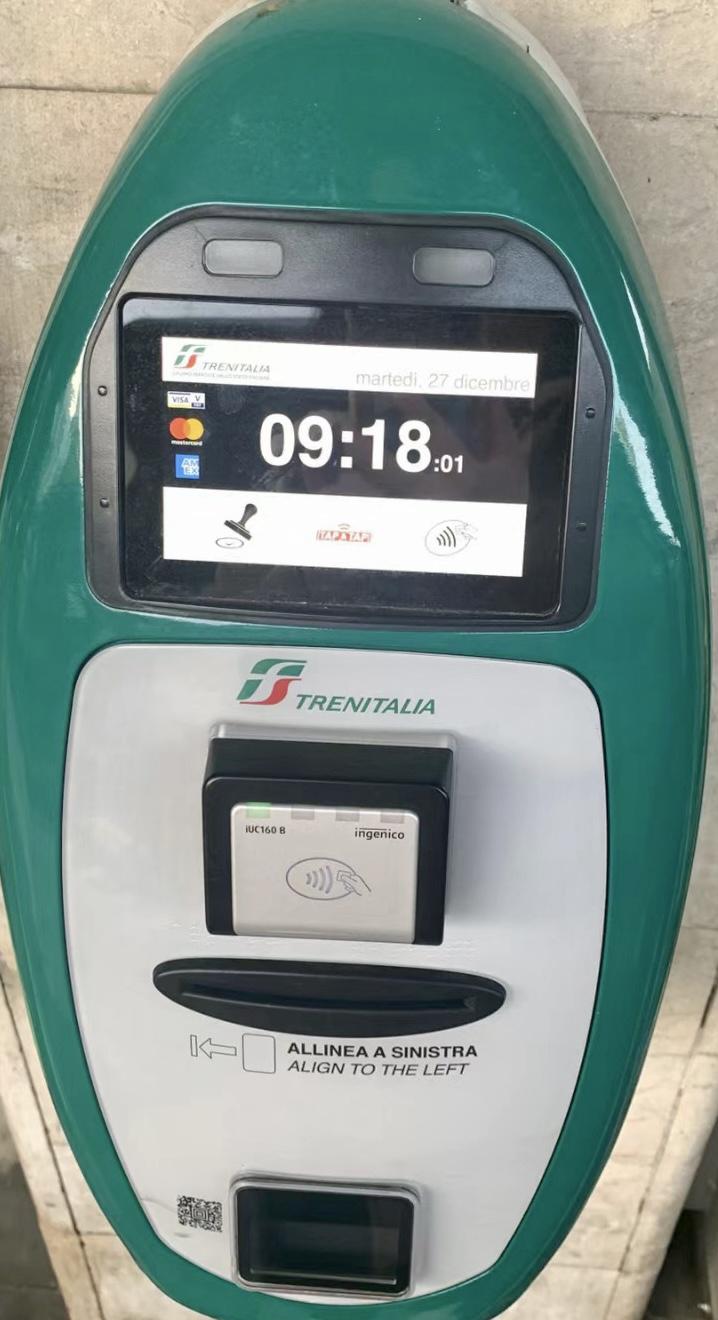
Buses, Trams, and Metros
Bus, tram, and metro systems are essential components of public transportation in Italy, providing efficient and affordable options for getting around cities and towns. These services are generally well-maintained and punctual, with extensive networks covering urban and suburban areas. The metro systems, found in major cities like Rome and Milan, offer fast and convenient connections between city centers and outer districts. Trams, often found in historic cities such as Milan, Florence, and Turin, provide a more leisurely and scenic way to explore, while buses serve as the backbone of public transportation in many places, connecting neighborhoods and providing access to areas not serviced by trams or metros. To use these services, purchase tickets from designated ticket machines, newsstands, or tobacco shops before boarding, and remember to validate them upon entry to avoid fines. Also, be prepared for possible crowded conditions during peak hours, and keep an eye on your belongings to prevent pickpocketing.
City-specific public transportation options
Each major city in Italy has its own public transportation system, often consisting of a combination of buses, trams, and metro lines. Here is an overview of public transportation options in some of Italy’s most popular cities:
- Rome:
- Metro: Rome has a metro system with three lines (A, B, and C) that connect key areas of the city, including major attractions such as the Colosseum and Vatican City.
- Buses and trams: Rome’s extensive bus network covers the entire city, and there are several tram lines that connect various neighborhoods. Bus and tram stops are marked by signs with route numbers and a list of stops.
- Milan:
- Metro: Milan has a metro system with four lines (M1, M2, M3, and M5) that serve various parts of the city, including the historic center, train stations, and San Siro Stadium.
- Buses and trams: Milan’s bus and tram network is extensive, with numerous lines connecting different areas of the city. Some tram lines use historic trams, adding a unique charm to your journey.
- Florence:
- Buses: Florence does not have a metro system, but its bus network, operated by ATAF, serves the city efficiently. Main bus lines connect the city center with the train stations, museums, and other points of interest.
- Trams: Florence has a tram system with two lines (T1 and T2) connecting the city center to suburban areas and the airport.
- Venice:
- Vaporetto: Venice’s primary mode of public transportation is the vaporetto, a water bus that navigates the city’s canals. Vaporettos connect various parts of Venice, including the main islands and attractions such as St. Mark’s Square and the Rialto Bridge.
- Buses and trams: On the mainland, Venice has a bus and tram system that connects the city to Mestre and the surrounding areas.
- Naples:
- Metro: Naples has a metro system with two main lines (Line 1 and Line 2) that serve the city center and surrounding areas. The metro is a convenient way to reach popular attractions like the National Archaeological Museum and the historic center.
- Buses, trams, and funiculars: Naples also has a network of buses, trams, and funicular railways that connect various parts of the city, including the hilly areas of Vomero and Posillipo.
Public transportation tickets can usually be purchased at kiosks, tobacconists, or automated machines at stations. Always remember to validate your ticket before boarding to avoid fines.
Public Transport Operators
Florence ATAF (https://en.comune.fi.it/administration/mobility/transport.html)
Rome: ATAC (https://www.atac.roma.it)
Milan: ATM (https://www.atm.it)
Venice: Venezia Unica (https://www.veneziaunica.it)
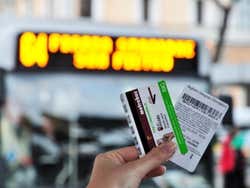
Major metro systems in Italy
In Italy, major cities like Milan, Naples, and Rome boast extensive metro systems with multiple lines, making it convenient for travelers to explore these urban centers. However, some historic cities, such as Florence, do not have metro systems. Smaller cities like Brescia, Catania, Genoa, and Turin have just one metro line each. For detailed transportation information on a specific town or city, it’s best to consult the local public transport operator.

Rome Metro Map: https://www.rome.info/transport/public-transport/metro/
Milan Metro Map: https://www.milanpublictransport.com/metro-milan/
Naples Metro Map: https://www.napoliunplugged.com/naples-consolidated-metro-map/
Public Transport Costs
- Milan
- €2.20 One-way Bus, tram & metro
- €7.60 24-hour pass
- €13.00 3-day pass
- Rome
- €1.50 One-way Bus, tram & metro
- €18.00 3-day Pass
- Florence
- €1.20 One-way Bus & tram
Driving
Exploring Italy by car is an excellent option, allowing you the freedom to discover its diverse landscapes and hidden gems at your own pace. Before embarking on your journey, ensure that you understand local driving regulations and have all required documents handy.
Italy is well-connected to neighboring European countries through a network of International European Roads (E-roads), which link major routes across national borders within Europe. Additionally, national (N) and secondary (SS) roads provide access from neighboring France, Switzerland, Austria, and Slovenia. For those looking for alternative options, vehicles can be transported into Italy via ferry or rail.
Tolls are required on the majority of Italian motorways, and can be paid at the journey’s end using cash, credit card, or pre-paid magnetic VIA cards. VIA cards can be purchased from tobacconists and the ACI (Automobile Club d’Italia). To avoid tolls, travelers can opt for national roads (strade nazionali) or secondary state roads (strade statali). While these routes might be less direct, they often offer more scenic views and opportunities to stop at viewpoints, towns, and interesting places along the way.
Major Car Rental Companies
To rent a car in Italy you must be over 21 and have held a valid driver’s licence for at least a year.
Several car rental companies are available in Itlay both international and local. Here are some of the popular car rental companies operating in Italy:
- Hertz: An international car rental company with a strong presence in Italy, offering a wide range of vehicles.
- Avis/Budget: Another well-known global car rental company, providing various car options and convenient pick-up and drop-off locations across Italy.
- Europcar: A popular European car rental company with numerous locations throughout Italy, offering a variety of cars to suit different needs.
- Sixt: A German car rental company with a presence in Italy, known for its premium vehicles and excellent customer service.
- Maggiore: An Italian car rental company with a vast network of locations across the country, providing various car options and competitive prices.
- Locauto: Another Italian car rental company offering a wide range of vehicles and convenient pick-up and drop-off locations.
Before renting a car in Italy, it’s essential to compare prices and read customer reviews to find the best deal for your needs. Additionally, make sure to familiarize yourself with Italian driving rules and regulations to ensure a safe and enjoyable driving experience.
Driving License Requirements
Driving licences issued by any of the EU member states are valid throughout the European Union.
If you’re from the outside EU and want to rent a car in Italy, you’ll need to apply for an International Driving Permit (IDP). The IDP is a translation of your driver’s license into multiple languages and is recognized in many countries, including Italy. Check with your local automobile association. E.g. If you are from United States, you can obtain an IDP from the American Automobile Association (AAA) or the American Automobile Touring Alliance (AATA). Be sure to carry both your driver’s license and the IDP with you when driving in Italy.
Parking
Note that parking in Italy, especially in larger cities and popular tourist destinations, can be challenging. Streets can be narrow, and parking spaces are often limited. Here are some tips for parking in Italy:
- Look for designated parking areas: Blue lines indicate paid parking spaces, while white lines denote free parking areas. Yellow lines are reserved for residents or specific purposes, and you should avoid parking in these zones.
- Use parking garages or lots: In busier areas, parking garages or lots (parcheggio) are often the best option. They might be more expensive than street parking, but they provide a secure place to leave your car.
- Be cautious in ZTL zones: Many historic city centers have restricted traffic areas called Zona a Traffico Limitato (ZTL). Driving or parking in these zones without proper authorization can result in hefty fines.
- Observe parking signs and regulations: Always check for signs that indicate parking restrictions or time limits. In some cases, you might need to display a parking disc (disco orario) on your dashboard, which shows the time you arrived.
- Use a parking app: Several apps can help you find parking spaces in Italy, such as EasyPark or MyCicero.
- Plan ahead: Research parking options near your destination before you arrive to save time and avoid potential issues.
- Consider alternative transportation: In some cases, it might be more convenient to use public transportation or walk rather than trying to park a car, especially in congested areas or during peak tourist seasons.
ZTL Zones
Zona a Traffico Limitato (ZTL) zones are restricted traffic areas found in many Italian cities, particularly in historical city centers like Florence, Siena and Pisa. These zones are established to protect historic sites, reduce congestion, and improve air quality. Driving or parking in ZTL zones without proper authorization can result in significant fines.
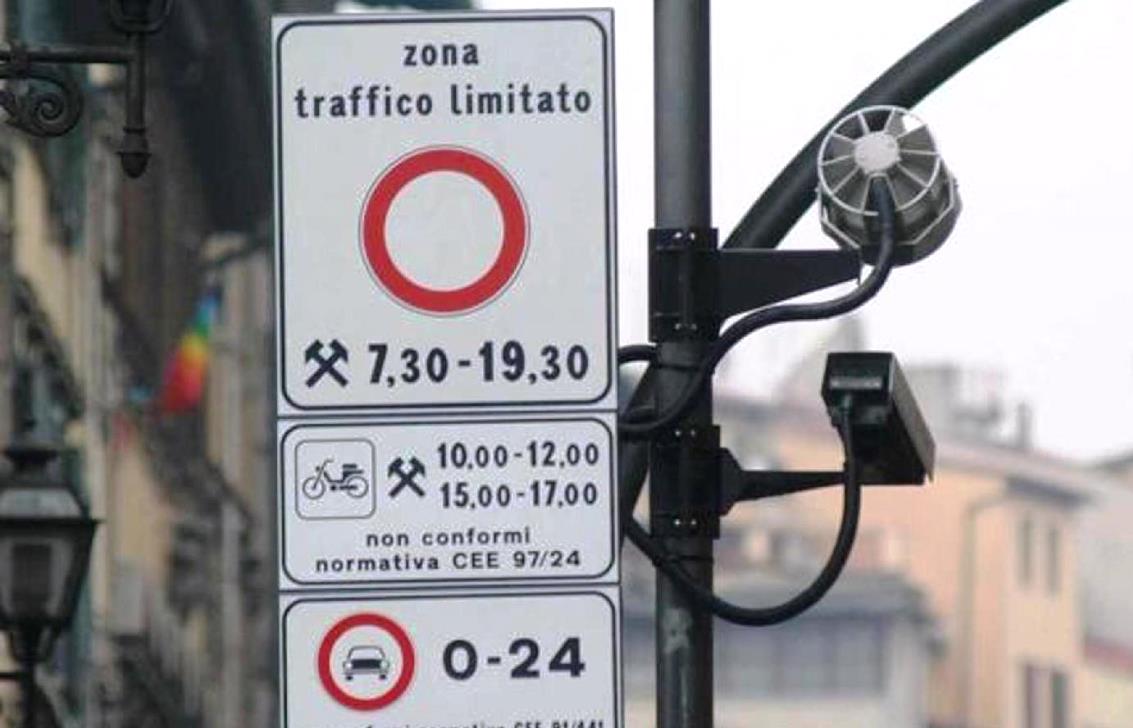
Here’s what you need to know about ZTL zones:
- Access restrictions: ZTL zones are typically restricted to residents, public transportation, taxis, and vehicles with special permits. Tourists and visitors are generally not allowed to enter these zones with their vehicles unless they have obtained prior authorization.
- Cameras and enforcement: ZTL zones are often monitored by cameras that capture license plate numbers of vehicles entering the restricted areas. Fines are then issued to drivers who violate the rules, even if they are not aware of the restrictions.
- Time-based restrictions: Some ZTL zones have specific hours of operation, often during daytime hours or on specific days of the week. Outside of these hours, the restrictions may not apply. However, it is essential to check local regulations, as the hours and days of operation may vary.
- Temporary permits: If you need to access a ZTL zone for a valid reason (e.g., staying at a hotel within the zone), you can usually obtain a temporary permit from your hotel or local authorities. Be sure to inquire about this in advance to avoid fines.
- Signage: ZTL zones are marked with signs displaying a red circle on a white background with the letters “ZTL” and a symbol of a camera. Additional information on the sign may include the hours of operation and any exemptions.
- Rental cars and ZTL zones: When renting a car in Italy, it’s essential to be aware of ZTL zones in the cities you plan to visit. Rental car companies may pass along fines to you, along with additional administrative fees.
- Navigation apps: When using GPS or navigation apps, make sure they are up-to-date and set to avoid ZTL zones, as some apps can inadvertently direct you into restricted areas.
In conclusion, when self-driving in Italy, it’s crucial to be aware of ZTL zones and their restrictions. Plan your routes carefully, and consider using public transportation or walking in city centers to avoid fines and the stress of navigating restricted areas.
Traffic Violation and Fine
Traffic violations and fines in Italy can be quite strict, and it is important to follow the rules of the road to avoid getting fined. Here are some common traffic violations and the associated fines:
- Speeding: Fines for speeding in Italy depend on the severity of the violation and can range from €100 to €1,000 or more. The fines increase with higher speeds over the limit and can even lead to license suspension in severe cases.
- Parking violations: Illegally parked vehicles can be fined between €40 and €300, depending on the severity of the violation. Fines are higher for parking in restricted areas, such as disabled parking spaces or ZTL zones, without proper authorization.
- Driving in ZTL zones without authorization: Entering a ZTL zone without a valid permit can result in a fine ranging from €80 to €400.
- Running a red light: Fines for running a red light in Italy can range from €160 to €640, depending on the circumstances.
- Using a mobile phone while driving: Fines for using a handheld mobile phone while driving in Italy can range from €160 to €320.
- Not wearing a seatbelt: Fines for not wearing a seatbelt in Italy can range from €80 to €320.
- Driving under the influence of alcohol or drugs: Fines for driving under the influence in Italy can range from €500 to €6,000, depending on the level of intoxication. In severe cases, this may also result in license suspension, imprisonment, or the impounding of the vehicle.
- Driving without a valid license: Driving without a valid license in Italy can result in fines ranging from €1,000 to €6,000, along with the potential impounding of the vehicle.
Please note that these fines are approximate and may vary depending on the specific circumstances of the violation. If you receive a traffic violation while driving in Italy, it is crucial to pay the fine promptly, as unpaid fines can increase over time and may even lead to legal complications.
Taxi
Taxi services in Italy are a convenient and reliable mode of transportation, particularly for short distances or when public transport is not available. Italian taxis are generally white or yellow, and they can be found at designated taxi stands in busy areas, such as city centers, train stations, and airports. You can also hail a taxi from the street, but it is more common to call a local taxi company to request a pick-up. Keep in mind that fares can be higher at night, on weekends, and during holidays.
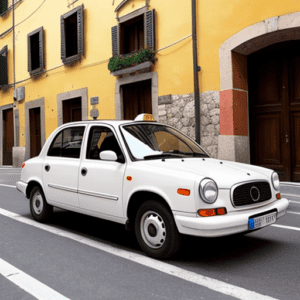
Hailing and Booking Taxis
In Italy, there are various ways to hail and book taxis depending on your location and preferences. Here are some methods to help you get a taxi for your transportation needs:
- Taxi stands: In most Italian cities, especially in tourist areas, you can find designated taxi stands where taxis queue and wait for passengers. These are typically located near popular attractions, train stations, airports, and hotels. Approach the first taxi in line and provide your destination to the driver.
- Hailing a taxi on the street: In some cities, you can hail a taxi on the street by raising your arm to signal a passing taxi. However, this may not always be the most reliable method, as taxis are not always readily available, and some cities have regulations against street hailing. It’s always best to check local rules and customs before attempting to hail a taxi on the street.
- Booking a taxi by phone or app: You can book a taxi in advance by calling a local taxi company or using a taxi booking app. When calling a taxi company, be prepared to provide your name, pickup location, and destination. Some popular taxi booking apps in Italy include MyTaxi, Free Now, and It Taxi. These apps allow you to request a taxi, track its arrival, and pay for the ride using your smartphone.
- Hotel or restaurant assistance: If you are staying at a hotel or dining at a restaurant, the staff can often help you book a taxi. This is particularly useful if you don’t speak Italian, as the staff can communicate your destination to the taxi driver on your behalf.
Keep in mind that taxis in Italy may have a different appearance than those in your home country. They are usually white, yellow, or another designated color, and will have a “TAXI” sign on the roof. Be cautious of unlicensed or unofficial taxis, as they may not adhere to regulations and may overcharge for their services.
Taxi Fare and Tipping
Most taxis are metered, so ensure that the meter is running during your trip to avoid any misunderstandings. It is also customary to tip the driver, usually by rounding up to the nearest euro or adding a small percentage of the fare. When planning your trip, consider using taxi services for convenient and hassle-free transportation throughout Italy.
In Italy, tipping taxi drivers is not mandatory, but it is a nice gesture to show appreciation for good service. If you choose to tip, it is common to round up to the nearest euro or add a small percentage (5-10%) of the fare. However, if you don’t feel that the service was up to your expectations, you can simply pay the exact fare displayed on the meter. Remember that tipping is ultimately at your discretion, and it is not required by law or expected by the driver.
Ride-Share
Rideshare services and apps have gained popularity in Italy as alternatives to traditional taxis and public transportation. Here are some of the popular rideshare options available in the country:
- Uber: Uber operates in Italy, but its availability is limited mostly to larger cities like Rome, Milan and Turin. Uber in Italy can be more expensive than taxi, because the services offered tend to be more upscale, such as UberBLACK and UberVAN. The price is higher than Comfort and UberX. Uber has reached an agreement to incorporate its taxi-hailing app with Italy’s leading taxi dispatcher, allowing the company to broaden its services to over 80 cities throughout Italy and enhance its presence in major cities such as Rome, Milan, and Turin. Uber is not accessible in cities and towns like Venice, Naples, Lecce, Pisa, Florence, Palermo, Verona, Bari, Genoa, Amalfi, and Positano. When visiting these locations, you will need to rely on more conventional transportation options, with regular taxis being readily available.
- FreeNow (formerly mytaxi): FreeNow is a popular ridesharing app that allows users to book licensed taxis through their smartphones. The app operates in several Italian cities, including Rome, Milan, and Turin. With FreeNow, you can request a taxi instantly or pre-book one for a later time, and you can also track your taxi’s arrival in real-time.
- Bolt (formerly Taxify): Bolt is another ridesharing app available in some Italian cities, such as Rome. Similar to Uber, Bolt connects riders with private drivers. The app offers various service levels, from economy options to luxury vehicles.
- IT Taxi: This app allows users to book a taxi from a network of licensed taxi drivers throughout Italy. IT Taxi offers services like pre-booking, real-time tracking, and in-app payment options. The app covers major cities like Rome, Milan, and Florence, as well as some smaller towns.
- Sardinia Taxi Sharing: While not an app, this service is worth mentioning for travelers visiting the island of Sardinia. Sardinia Taxi Sharing allows travelers to share rides with other passengers heading in the same direction, making it a more cost-effective option for airport transfers and long-distance travel within the island.
When using rideshare services in Italy, remember to follow safety guidelines, such as verifying the driver’s identity, sharing your trip details with friends or family, and using in-app payment options to avoid carrying large amounts of cash. Also, consider using local public transportation options like buses, trams, and trains, which are often reliable, efficient, and budget-friendly.
Ferry
Ferries are a popular and convenient mode of transportation for reaching islands and coastal destinations. here are two types of ferries in Italy: Navi (large ferries) and Traghetti (small ferries) and Aliscafi (hydrofoils). Navi ferries are used for longer routes and carry vehicles such as cars and trucks, and are primarily used for routes to Sicily and Sardinia. Traghetti and Aliscafi are used for shorter routes and serve smaller islands. Aliscafi do not carry vehicles.
Direct Ferries (https://www.directferries.co.uk) is a useful online resource for anyone looking to book ferry travel in Italy. The website allows you to search for routes, compare prices, and book tickets in advance. With Direct Ferries, you can easily plan your itinerary and make travel arrangements to explore the beautiful coastline and islands of Italy. Whether you’re planning a day trip or an extended vacation, taking a ferry can be a fun and scenic way to travel in Italy.
Conclusion
In conclusion, Italy offers a diverse range of transportation options to cater to the needs of travelers, ensuring a comfortable and memorable journey throughout this captivating country. From the efficient train network to the flexibility of car rentals and the convenience of public transportation, each mode of transport presents its unique benefits and challenges. By understanding the ins and outs of Italy’s transportation systems and planning ahead, visitors can make well-informed choices and fully immerse themselves in the rich history, culture, and natural beauty that Italy has to offer. So, whether you’re exploring bustling cities, quaint villages, or breathtaking landscapes, let this Italy Transport Guide be your compass in navigating the best of Italy’s enchanting destinations. Safe travels and enjoy your Italian adventure!


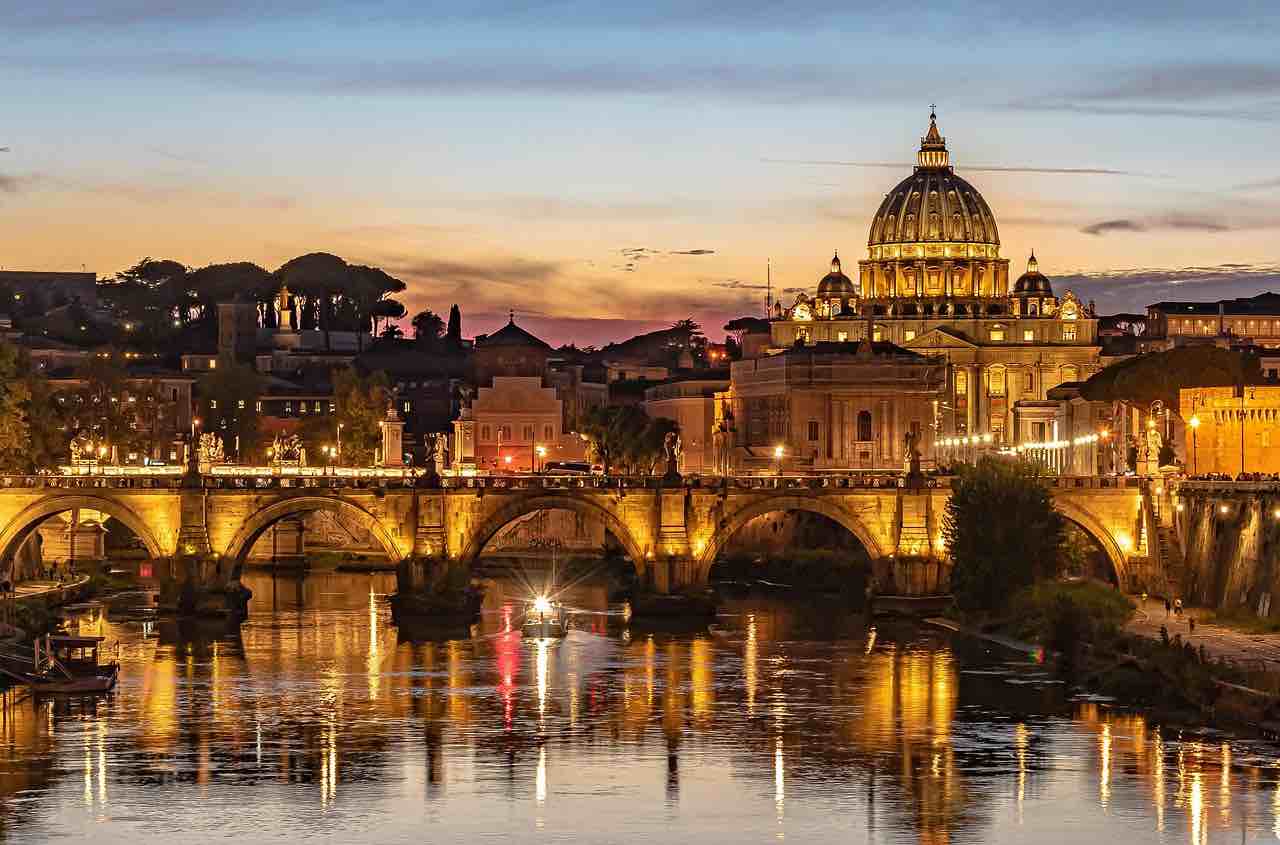


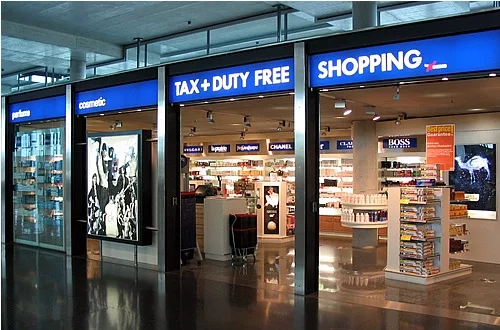
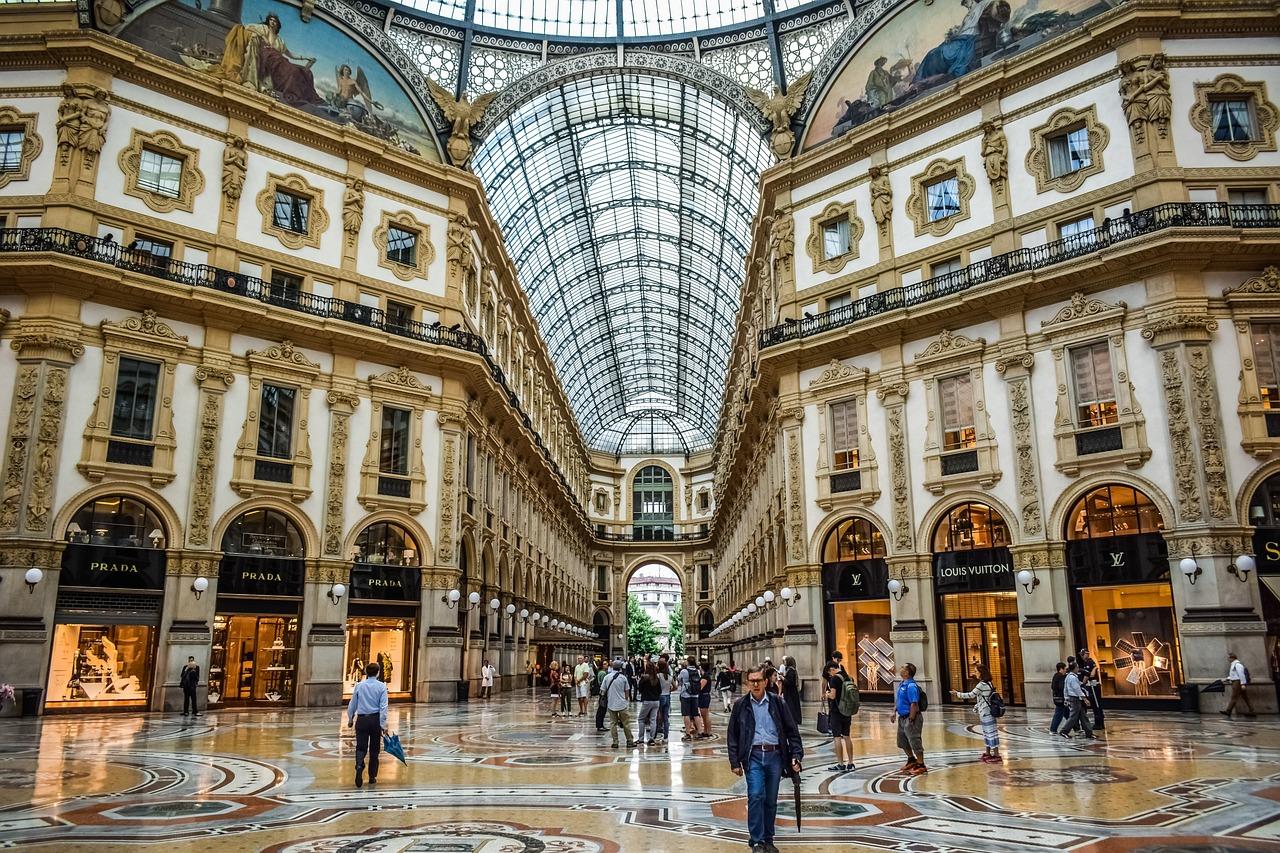
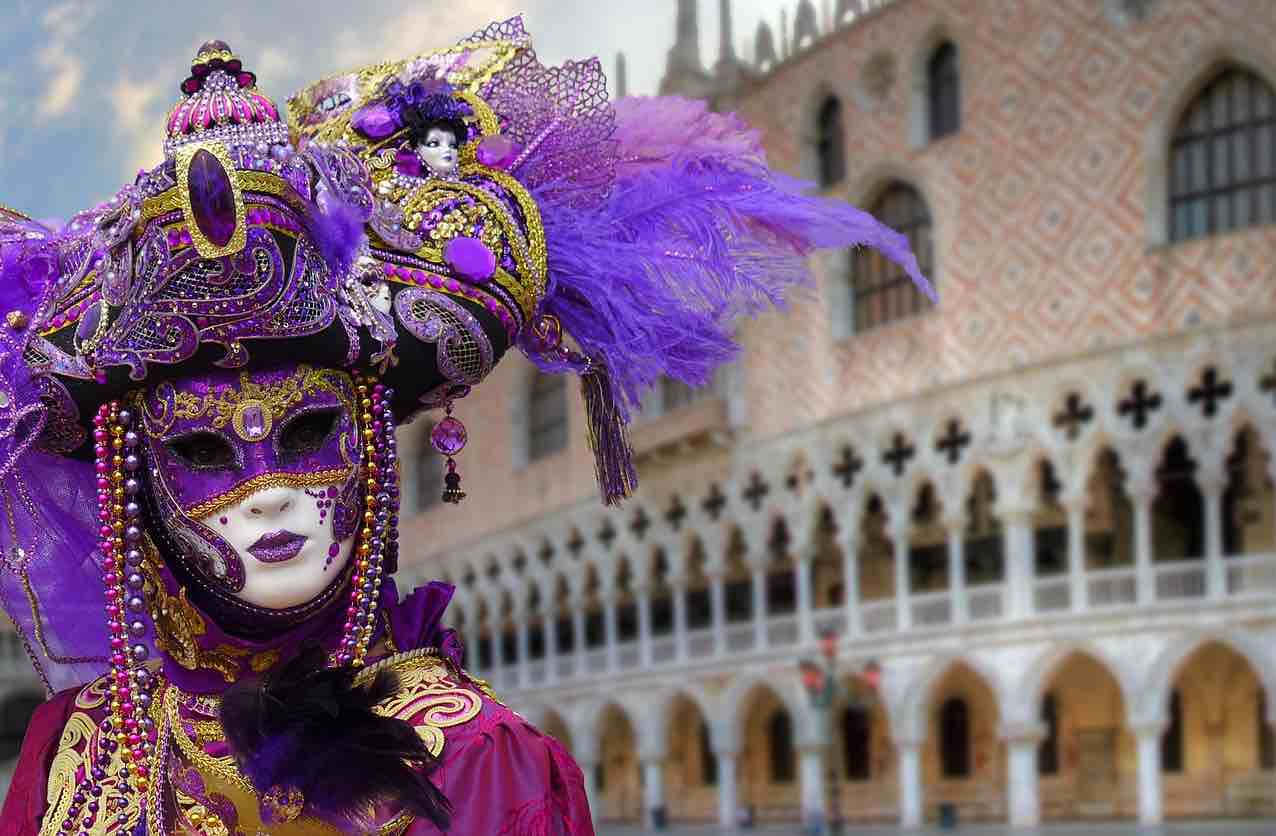
Everything iis very open with a very clear clarification of the issues.
It was truly informative. Your site is extremely helpful.
Thanks for sharing!